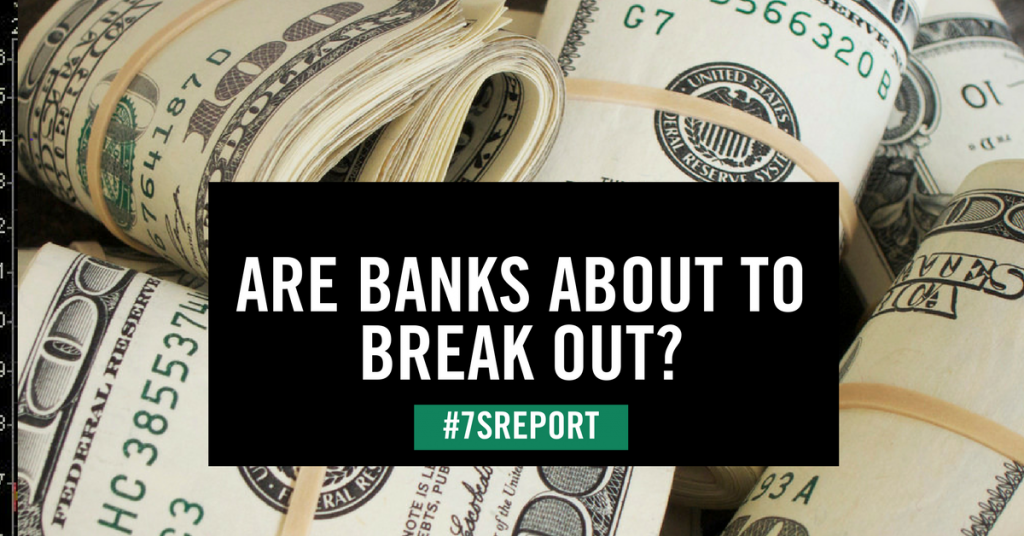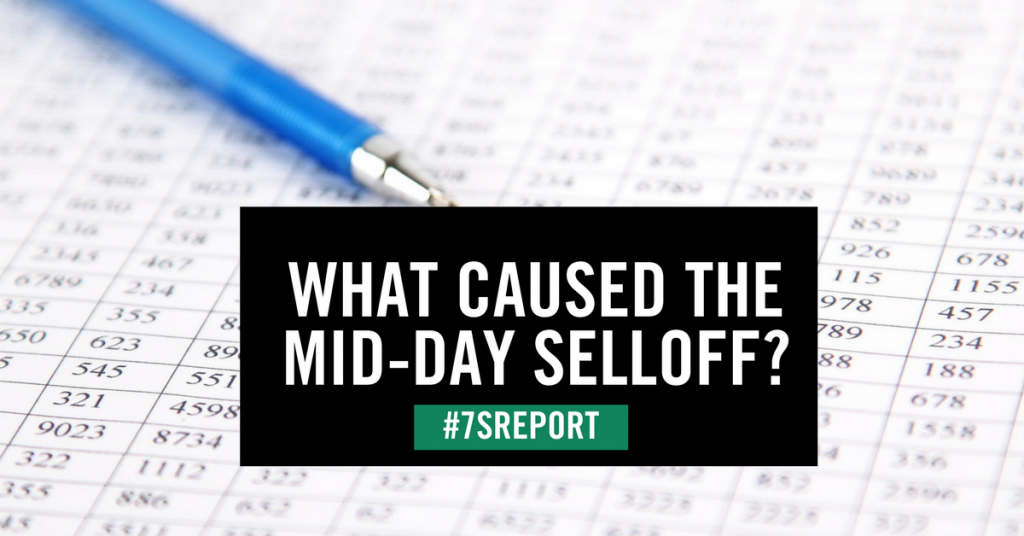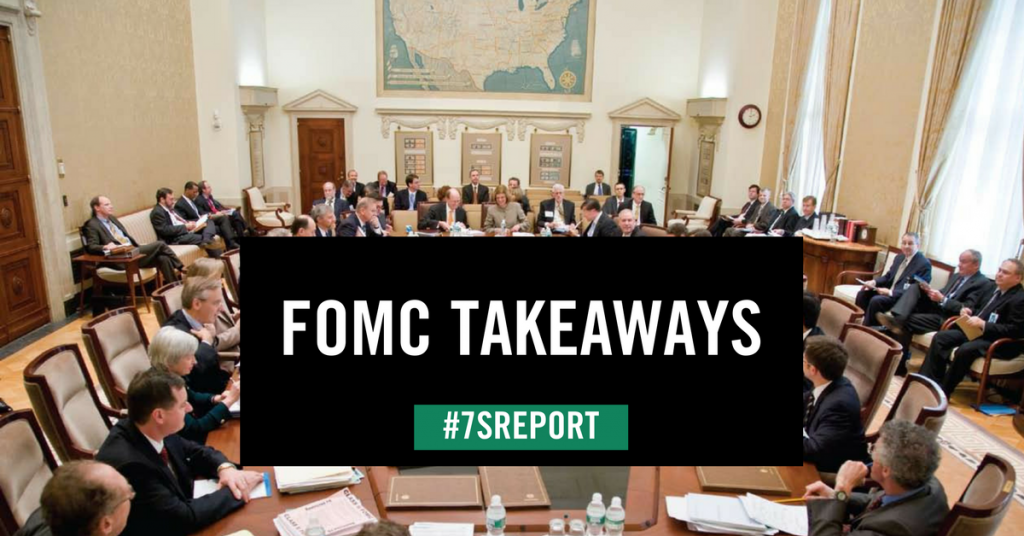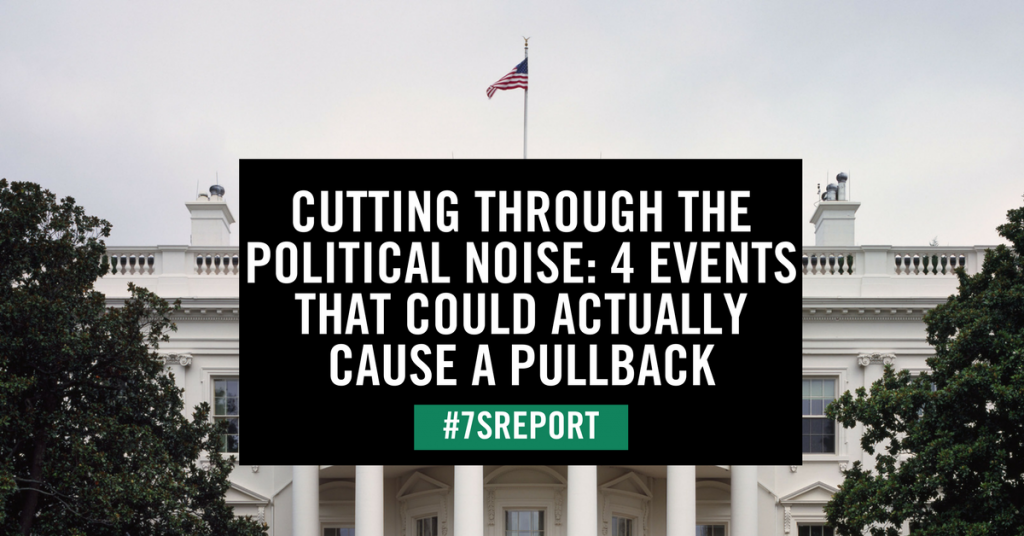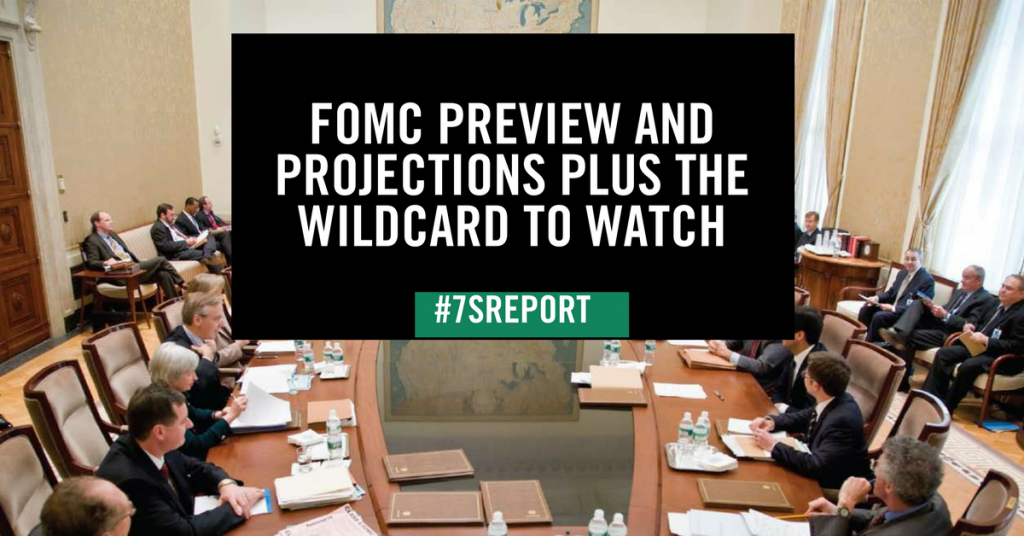Goldilocks Jobs Report Preview: What Will Make the Report too Hot, too Cold, or Just Right?
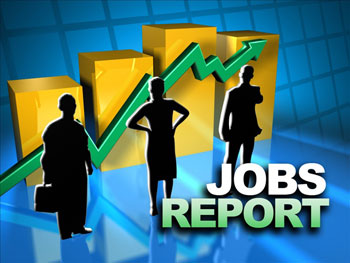
What a difference a month makes. For June’s jobs report, we were equally worried about a “Too Hot” report sending bond yields materially higher, and a “Too Cold” report implying a loss of momentum in the jobs market. Now, almost all the risks to this July report are skewed towards “Too Cold” given the drop in inflation we’ve seen since early July.
More specifically, even if the jobs report is a blow-outnumber, unless it’s accompanied by a big surge in wages it’s not going to elicit a “hawkish” reaction from the Fed or a spike in Treasury yields. Point being, the risk of the report being “Too Hot” is a lot lower than usual, given the drop in inflation.
Looking at the potential impact of this jobs report on the rally, it’s important realize that the dip in inflation since July has been a bullish catalyst, because economic data has stayed firm. So, low inflation makes the Fed more dovish, but economic growth stays constant, and that’s good for stocks.
However, that equation changes if US economic data starts to follow inflation lower (i.e. a big miss on the jobs number). As a result, the “Too Cold” scenario is the biggest risk for stocks heading into tomorrow’s report.
“Too Hot” Scenario (A December Rate Hike Becomes More Certain)
- >250k Job Adds, < 4.1% Unemployment, > 2.8% YOY wage increase. A number this hot will refute the lower inflation of July and reintroduce the potential for a “not dovish” Fed. Likely Market Reaction: We should see a powerful re-engagement of the “reflation trade” from June..(withheld for subscribers only—unlock specifics and ETFs by signing up for a free two-week trial).
“Just Right” Scenario (Confirms Expectations of September Balance Sheet Reduction & Likely December Hike)
- 125k–250k Job Adds, > 4.1% Unemployment Rate, 2.5%-2.8% YOY wage increase. This is the best-case scenario for stocks, as it would reinforce the current expectation of balance sheet reduction in September, and (probably) one more 25-bps rate hike in December. Likely Market Reaction: A knee-jerk, mild stock rally, but how powerful the rally is will depend on…(withheld for subscribers only—unlock specifics and ETFs by signing up for a free two-week trial).
“Too Cold” Scenario (Economic Growth Potentially Stalling)
- < 100k Job Adds, < 2.5% YOY Wage Gains. If we see a big disappointment in the jobs number and a further softening of wage inflation, that will send bond yields lower, and that would likely weigh on stocks as it will raise concerns about economic growth. Likely Market Reaction: Bonds and gold should surge and…(withheld for subscribers only—unlock specifics and ETFs by signing up for a free two-week trial).`
Bottom Line
From a short-term equity standpoint, the best outcome is for “Just Right” job adds (so between 100k-250k) and “Too Cold” wages (so less than 2.5% yoy). That will likely make the Fed incrementally more “dovish,” and take a December rate hike off the table, although it shouldn’t stay the Balance Sheet Reduction in September.
Beyond the short term, it’s important to remember that an economic reflation is the key to sustainably higher stock prices. For anyone with a medium- or long-term time horizon (so almost all of us), I’d gladly take better growth and higher inflation over falling inflation and stagnant growth, even if it meant some short term stock weakness.
Cut through the noise and understand what’s truly driving markets, as this new political and economic reality evolves. The Sevens Report is the daily market cheat sheet our subscribers use to keep up on markets, seize opportunities, avoid risks and get more assets. Sign up for your free two-week trial today and see the difference 7 minutes can make.
The post Goldilocks Jobs Report Preview, August 3, 2017 appeared first on Sevens Report.
source https://sevensreport.com/goldilocks-jobs-report-preview-august-3-2017/
